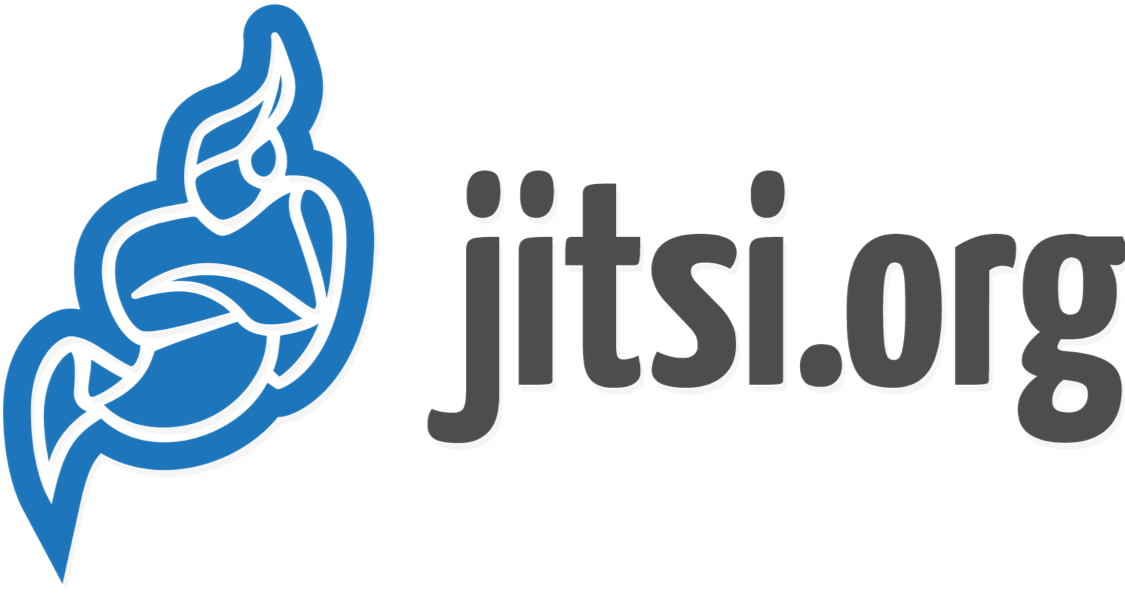

We initially decided to build the entire system on k8s, however, once we started considering the potentially heavy network requirements of the JVBs when used by hundreds of users, we took a hybrid approach and split the setup across AKS and Azure VM Scale Sets (VMSS). Jitsi provides Docker images of all the components, with guides to deploy with docker-compose, Helm and on VMs. The videobridges need a capability to scale up and down based on network load without interrupting sessions (a conference cannot span multiple videobridges/shards) and registering themselves with Jicofo/Prosody (luckily this is almost out-of-the-box with the latest JVB versions and the correct prosody config).Īs most cool kids nowadays, a great deal of our infrastructure lives on Kubernetes, the vast majority of it managed through Helm and Terraform.This ensures users are redirected to the correct shard based on the room id passed as a URL parameter when a user joins a specific conference in a specific shard. It requires of HAProxy fronting the web service with the stick tables feature configured.At least two stack replicas (shards) continuously active across different availability zones. We wanted not only a scalable solution, but also to benefit from a high availability setup.Jitsi Meet as the web client to gather all the functionality under a single webappĪside from the above, it offers the possibility of adding plug-ins and enabling additional external components to add capabilities like transcription, mail integration and file sharing.Īt the time this solution was built, Jitsi was advertised as scalable, however that’s not out of the box, there’s some additional setup that needs to happen for that to be the case:.Jitsi Videobridge (JVB) as the video relay backend.Jicofo, a service to manage the mapping between users and conferences.Prosody, a well known Extensible Messaging and Presence Protocol (XMPP) server.Jitsi Meet is a conferencing solution that combines multiple components, a bare-bones setup of the solution includes the following: Although deploying a solution on Azure is nowadays a piece of cake, there’s still some caveats to a truly scalable solution, follow along to see how we built it. It turns out the tool that ticked all those boxes was Jitsi Meet. At Airwalk we needed to build a self-hosted, scalable, customisable and secure solution to meet the strict needs of our highly-regulated environments while maintaining control over cost. Alongside the well-known paid players, some open source underdogs emerged as victors. OpenWRT: OpenWrt 21.02.As many businesses during the pandemic decentralised their operations, conferencing tools exploded in popularity. etc/config/network config interface 'loopback' Opening the jitsi server from outside the network works for the website but not for the audio/video, while it worked just fine on the older router so I assumed it's a configuration issue on my part with OpenWRT. However once I switched to OpenWRT on the new router, the only ports that wouldnt work are jitsi ports 100. I'm having issues opening the ports for the latter as it worked fine with the old router with the TPLink firmware, here is a screenshot of the list: I switched my router from an Archer D2 to an AC1750 with OpenWRT, and I had several ports open for nginx proxy, vpn, and jitsi.


 0 kommentar(er)
0 kommentar(er)
